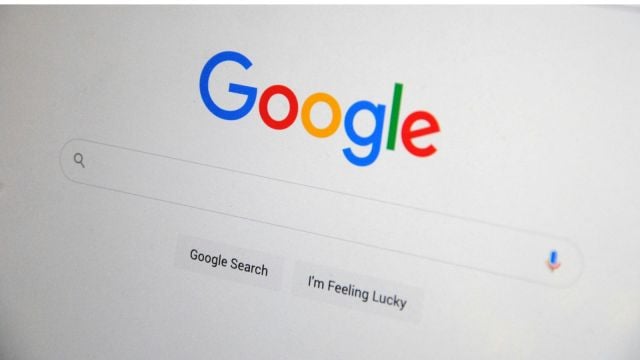Google to let users verify AI-altered images and videos in search results
Google Search will also give users more context about where the content originated from.
 The proposal focuses on making agreements non-exclusive and unbundling Play Store from Chrome and search on Android devices. (Image: Unsplash)
The proposal focuses on making agreements non-exclusive and unbundling Play Store from Chrome and search on Android devices. (Image: Unsplash)Google is making it easier for users to check if images and videos that show up in their search results have been created or edited using AI. The company has announced that it will upgrade its key products with a new technical standard called Content Credentials that provides information on the origins of displayed content.
Content Credentials has been developed through the Coalition for Content Provenance and Authenticity (C2PA) initiative, which is a joint industry effort involving tech giants such as Google, Microsoft, Meta, OpenAI, and others to develop technical standards for the identification and authentication of AI-generated content.
“Provenance technology can help explain whether a photo was taken with a camera, edited by software or produced by generative AI. This kind of information helps our users make more informed decisions about the content they’re engaging with — including photos, videos and audio — and builds media literacy and trust,” Google said in a blog post published on Tuesday, September 17.
How will Content Credentials work?
Google said that it will start rolling out Content Credentials to its search engine and ads platform over the coming months.
This means that for Google Search images embedded with C2PA metadata, users will be able to click on “About this image” to get more context about where the image originated from and whether it was created or edited using AI.
“Our ad systems are starting to integrate C2PA metadata. Our goal is to ramp this up over time and use C2PA signals to inform how we enforce key policies,” the Alphabet-owned company said. “We’re also exploring ways to relay C2PA information to viewers on YouTube when content is captured with a camera, and we’ll have more updates on that later in the year,” it added.







